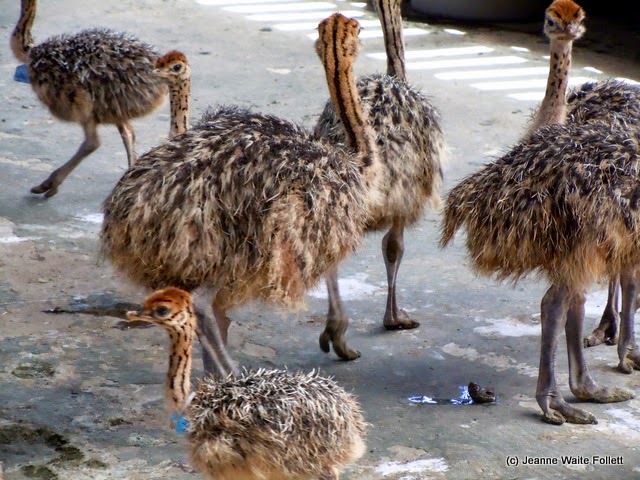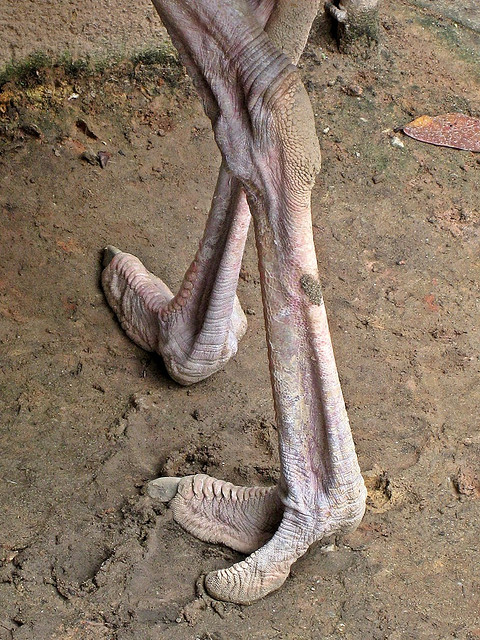The Africa Journals
Chapter 62
Boulders Beach
Part Four of the Cape Peninsula
The biblical account of Noah's Ark
and the Flood is perhaps the most implausible story for fundamentalists to
defend. Where, for example, while loading his ark, did Noah find penguins and
polar bears in Palestine?― Judith Hayes
Imagine
you’re dreaming about a trip to Africa,
South Africa, in particular. Now
imagine what you expect to see while you’re there.
Beautiful
sunrises and sunsets? Oh, definitely.
 |
| Sunrise. Check. |
 |
| Sunset. Check. |
And the iconic animals of the continent? The
great cats? Lions, leopards, and cheetahs?
 |
| Lion. Check. |
 |
| Leopard. Check. |
Large, dangerous beasts like elephants, rhinos, and Cape buffalos?
 | ||
| Elephant. Check. |
 |
| Rhino. Check. |
 |
| Cape Buffalo. Check. |
The
exquisites, like giraffe, kudu, and oryx?
 |
| Giraffe. Check. |
 |
| Kudu. Check. |
 |
| Oryx. Check. |
And
flamboyant birds like ostriches, the Secretary bird, and penguins?
 |
| Ostrich. Check. |
 |
| Secretary Bird. Check. |
 |
| African Penguin. Che..... What? |
How
did penguins get in there? They’re in
Antarctica, right?
Actually,
there are several places in South Africa where penguins are right at home. Boulders Beach along the shoreline of False
Bay on the Cape Peninsula is one of the most visited. These are African penguins, also called
jackass penguins because of the braying noise that is part of their breeding behavior.
The
Simons Town shoreline is lined with homes, none of which the penguins care
about. The path to the boardwalk is one
ice cream/gelato/souvenir shop after another, none of which the penguins
patronize.
After
a brisk walk past the sunbathers and swimmers, a boardwalk leads to the
beach. Along the way, man-made penguins
nurseries offer instant digs for pregnant penguins.
The
little black and white critters are everywhere—in the bushes, under the
boardwalk, on the beach, and in the water.
These
remarkable little creatures weigh from five to almost eight pounds, and stand
between 24 and 28 inches tall. They lay
one or two eggs in the sand and after the chicks hatch, they join a communal crèche
while the parents go to sea to forage for fish, hoping they don’t wind up on
the menu of great white sharks, fur seals, or the occasional Orca.
On
land, predators such as domestic cats, genets, mongoose, and the occasional
leopard endanger the colonies. Kelp gulls go after the eggs.
On
a more personal note, while I was visiting the African penguins, my friends Rose and Julie from Moose Pass, Alaska, were across the street in Simon’s Town helping a local church with
repairs, refurbishing, and landscaping.
It was their practice to walk to Boulders Beach in the evening to watch
the penguins, and patronize a certain gelato shop. While I knew they were in South Africa, I was not aware they were in this particular
part, nor did they know I would be at Boulders Beach.
Such
a small world.
And I did stop at one of the many gelato shops on my way back to the coach.














































